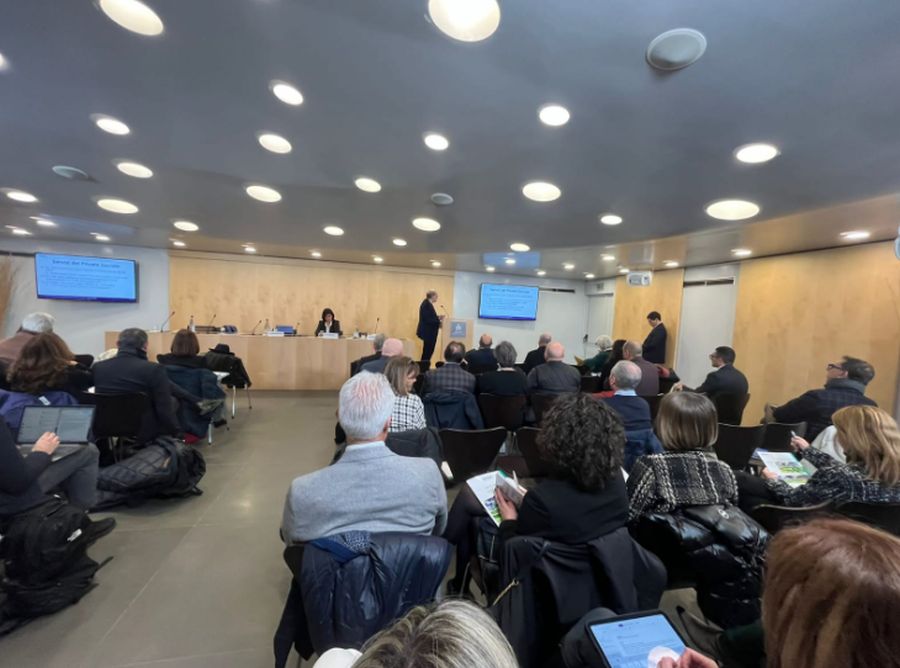ROME (ITALPRESS) – In five years, between 2018 and 2023 (the last year for which data are available), the staffing of SerDs (the services for drug addiction) has been reduced by -252 units.In SerDs, the reduction is associated with a decrease in the number of users taken in charge (-4,125 over the five years), although increasing in the last year (+4.835 users), in alcology services, on the other hand, there is a reduction in users in charge in both the medium term (-2,501) and the last year (-604).The staffing rate in relation to users in charge for drug addiction is about 30 percent less than for alcohol addiction (4.7 vs 7.2 per 100 users in charge respectively). In the medium term, the former showed a decrease and the latter an increase: -0.2 units per 100 users and +0.6 units per 100 users respectively.And to reach the standards stipulated in Ministerial Decree 77/2022 implementing the PNRR for the reorganization of territorial care, 1,929 staff are missing: 261 physicians, 215 nurses, 396 psychologists, 646 professional educators, 273 social workers, 139 administrative staff. Only four regions, Piedmont, Valle d’Aosta, Liguria, and Molise, are aligned with the standards, while all regions in the South, except Puglia, all regions in the Center, except Lazio, are below. Alignment with the standards would allow an additional 40,000 individuals to be taken into care (100 more for every 4 staff units).In economic terms, drug and alcohol addiction, generates a total annual (direct) cost of 7.8 billion, of which 6.7 in the former case (including pole users) and 1.1 in the latter.The analysis is contained in the second OISED report (Observatory on the Socio-Economic Impact of Addiction, the first study center and think tank entirely dedicated to developing analyses to support the governance and sustainability of the addiction treatment sector), presented today in Rome.The Observatory is the result of a joint initiative of C.R.E.A. Sanità (Center for Applied Economic Research in Health Care) and Ce.R.Co (Center for Studies and Research on Consumption and Addiction) with the aim of filling gaps in knowledge and information on the addiction sector, and fostering discussion between institutions and stakeholders.Containing the “outcomes of the phenomenon,” stresses OISED, leads to savings for the country: for every euro invested in terms of social-health care (drugs, psycho-social interventions, visits, etc.) it is estimated that 4 could be saved. Similarly, it is estimated that very significant savings could be achieved with the effects of a reduction in the use of detention in favor of alternative measures, would allow a saving of 45.7 million per year for every percentage point of reduction in cases “at risk.”In addition to the direct costs, there are also 198.8 million in indirect costs associated with productivity losses due to deaths, emergency room admissions and hospitalizations, associated with alcohol and drug-related pathologies, generating a total annual cost for the country of 8 billion.Considering also the ever-increasing value of drugs, which by 2023 reaches about 16.2 billion, the annual economic value of the phenomenon for the country is 24.2 billion: 1.2 percent of Italian GDP.-photo Crea Sanità press office -(ITALPRESS).

